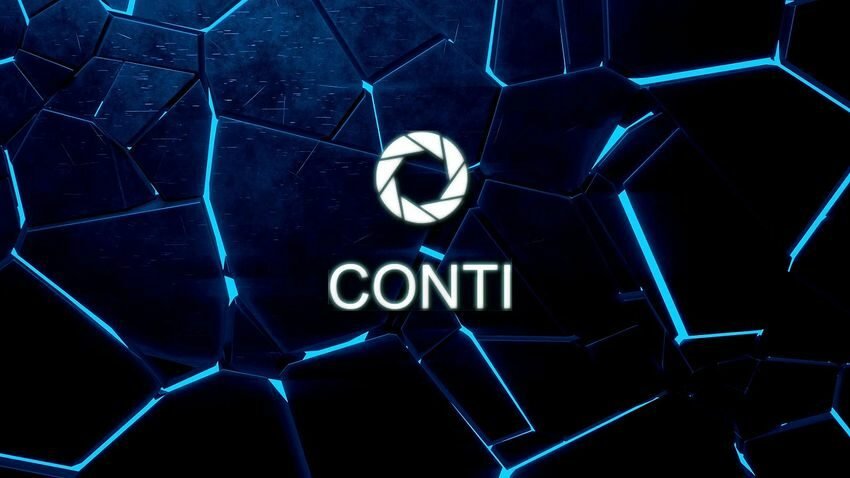A Ukrainian leaked the latest malware source code from the business ransomware Conti, in revenge for cybercriminals siding with Russia.

Conti is an elite ransomware gang probably run by Russians. With their involvement in the development of numerous malware, it is considered one of the most active cybercrime companies.
However, after Operation Ransomware Conti sided with Russia in the invasion of Ukraine, a Ukrainian named "Conti Leaks" decided to leak the data and source code belonging to the ransomware gang for revenge.
The start was made last month, when Conti Leaks posted nearly 170.000 internal chat conversations between Conti ransomware gang members from January 21, 2021 to February 27, 2022. These chat messages provide a detailed picture of the business and the participation of its members.
The researcher then also leaked the old Conti ransomware source code, dated September 15, 2020. While the code appeared to be old, it allowed researchers and law enforcement to analyze the malware software to better understand how it works.
Today, "Conti Leaks" uploaded to VirusTotal the source code for the version 3 of Conti and published him Twitter link. His file password protected accesss, but where the states who it is.
This source code is much newer than the previous version, with the last modified date being January 25, 2021, making it more than a year younger than the previously released code.
The source code is compiled without errors and can easily be modified by other criminals to use it to their advantage.





